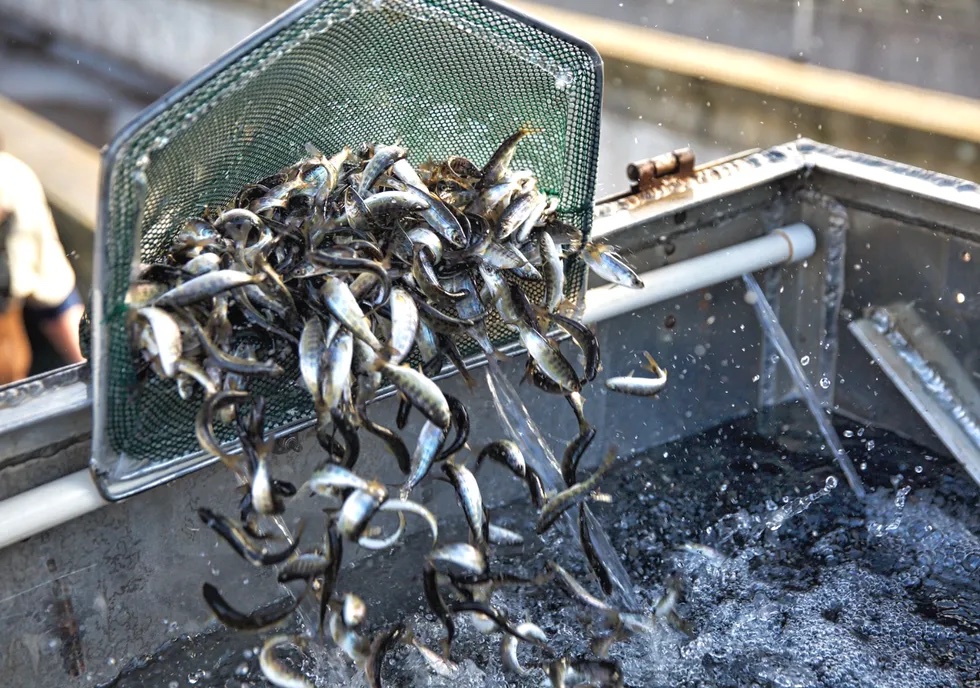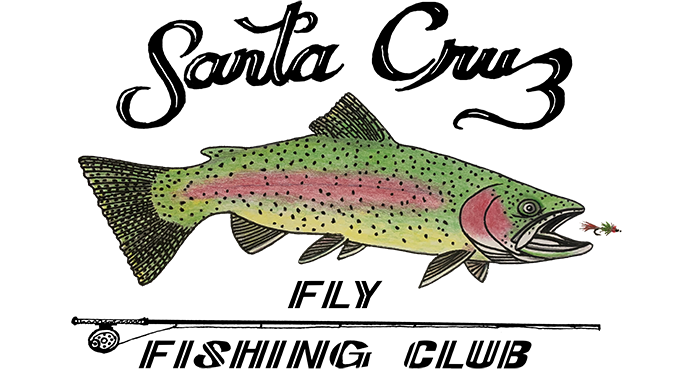
In my January conservation article, I wrote about spawning Chinook being transported above Shasta Dam to the colder McCloud River. The main reason for doing this was to see if the health and survival of the fish would increase. The fish grew faster in this habitat and survival rates increased. This article discusses another challenge the Chinook faces. In addition to the well established threats to the survival of Chinook salmon, including dams, drought, extreme summer heat and wildfires, their primary food source is now found to be accelerating their decline. The abundance of anchovies in our ocean waters appears to be the favored forage fish of Chinook. Unfortunately, anchovies carry an enzyme—thiaminase— which causes a thiamine (vitamin B1) deficiency in the fish. Researchers are correlating the B1 deficiency with lower survival rates and numbers of salmon returning to their spawning water. 2022 was the worst winter run spawn on record. Scientists are trying to understand why there is such an abundance of anchovies and why Chinook are so heavily favoring them over other food sources that have historically been part of their diet. One interesting method is to analyze fish lenses to identify how and why the food source has changed over time. Meanwhile, egg bearing females are being injected with thiamin. The vitamin is also added to the water in the tanks where the fry are reared. Egg production is also being increased at the Feather River Fish Hatchery in Oroville. Let’s hope these and other efforts will improve the Chinook population throughout our state and beyond.
For more information and details, go to the following:
https://www.latimes.com/environment/story/2023-01-03/a-hunger-for-anchovies-is-killing-off-endangered-salmon
Posted on February 14th, 2023
